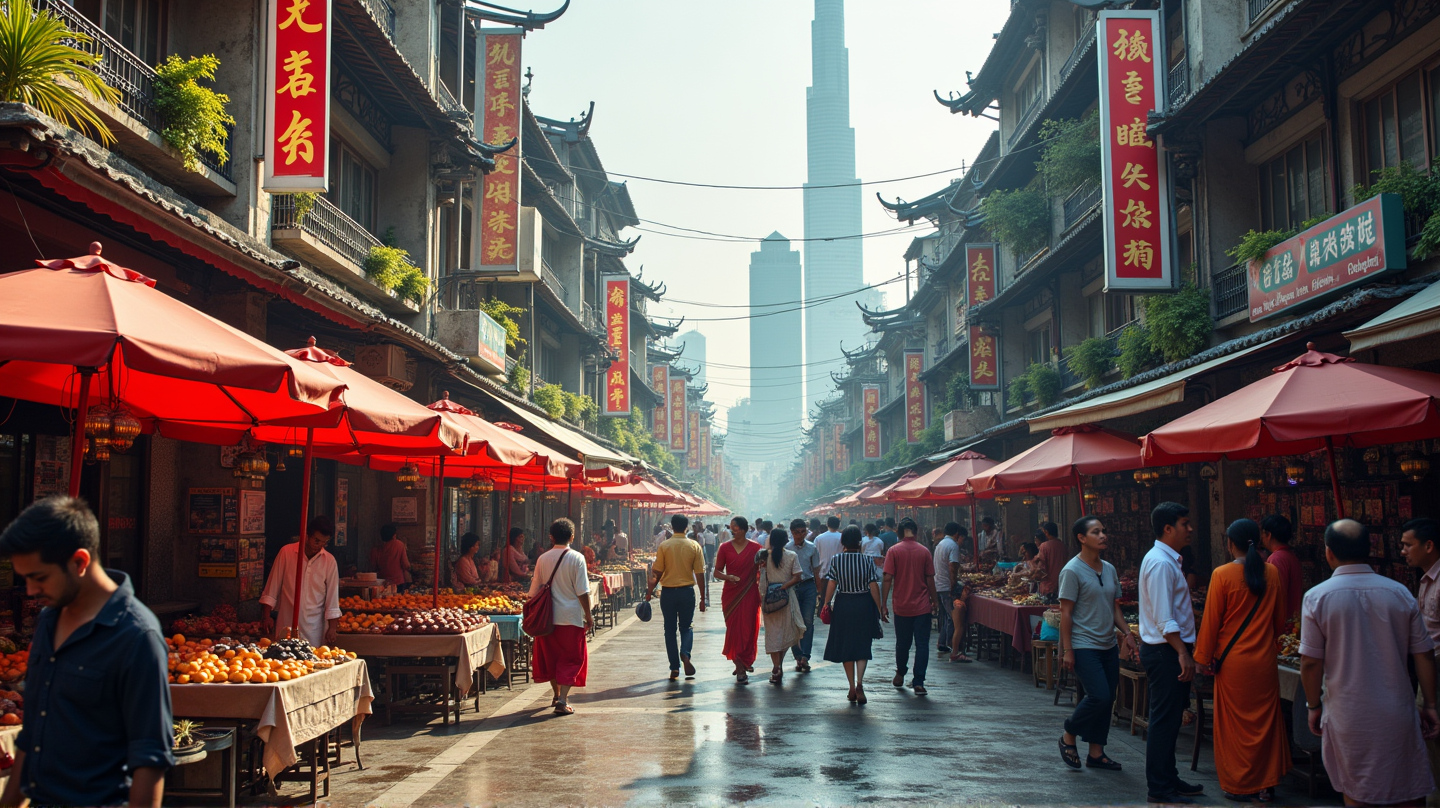Introduction
In the ever-evolving landscape of global politics and economics, India has started to distinguish itself as what many are calling the “un-China”. But what exactly does this term mean, and why is India stepping into this role on the world stage? As rising powers with vast populations, both India and China present unique prospects and challenges to the global community. Understanding their contrasts sheds light not only on their domestic policies but also on their influence in international affairs.
Economic Policies: A Distinct Approach
When it comes to economic strategies, India is taking a path that is notably different from China’s model. While China’s meteoric rise was fueled by manufacturing and export-led growth, India is harnessing a different asset: its burgeoning service sector. According to Washington Examiner, India’s focus on IT and service industries, coupled with a growing startup ecosystem, sets it apart as a tech hub in the global economy.
India has also shown resilience by encouraging diverse economic reforms aimed at increasing foreign investments, where China has been tightening its grip on the economy. This openness positions India as a more pliable partner for Western countries seeking to balance China’s firm state-controlled economic model.
Geopolitical Strategies: Building Alliances
India’s geopolitical stance is also increasingly seen as a counterbalance to China’s more aggressive foreign policies. By building strategic alliances with countries in the Indo-Pacific region and beyond, India is fortifying its position as a peace-promoting democracy. While China’s Belt and Road Initiative extends its sphere of influence, India’s diplomatic efforts are more oriented toward collaborative development and mutual growth.
In forums like the Quadrilateral Security Dialogue (the Quad), India’s participation underscores its commitment to a multipolar world where power is shared and not dominated by any single nation. This diplomatic vision is less about confrontation and more about unity in diversity, offering an alternative to China’s assertive strategies.
Socio-political Fabric: A Contrast in Governance
India’s democracy stands in stark contrast to China’s one-party rule. This difference in governance reflects differently on global perceptions, especially in how each nation responds to internal dissent and external pressures. While both countries grapple with challenges—be it poverty, infrastructure, or corruption—India’s pluralistic society promotes a vibrant, albeit chaotic, political discourse. This diversity is seen as strength, enabling adaptability that may prove advantageous in the long run.
Cultural Influence and Soft Power
Culturally, India’s influence is spreading across the globe through its cinema, cuisine, and literature, presenting a softer image that complements its economic and political strategies. Bollywood, Indian cuisine, and yoga have become household names worldwide, contributing to India’s soft power and portraying an image of a dynamic, inclusive society.
Meanwhile, China’s cultural exports often align with state narratives, thereby limiting its soft power reach to a more scripted and controlled set of expressions. India’s organic cultural spread, therefore, offers a more authentic and engaging appeal to global audiences.
Conclusion
As the world navigates through complex geopolitical landscapes, the dialogue surrounding India as the “un-China” continues to evolve. While both countries have their own set of opportunities and obstacles, India’s approach in economic liberalization, democratic governance, and cultural engagement offers a contrasting, perhaps refreshing, narrative to China’s established paradigm. Whether as competitors, collaborators, or something in-between, the global implications of this duality are profound and far-reaching.
This dynamic between India and China is more than just a comparison; it is a representation of diverse strategies that reflect broader global trends and future possibilities.
